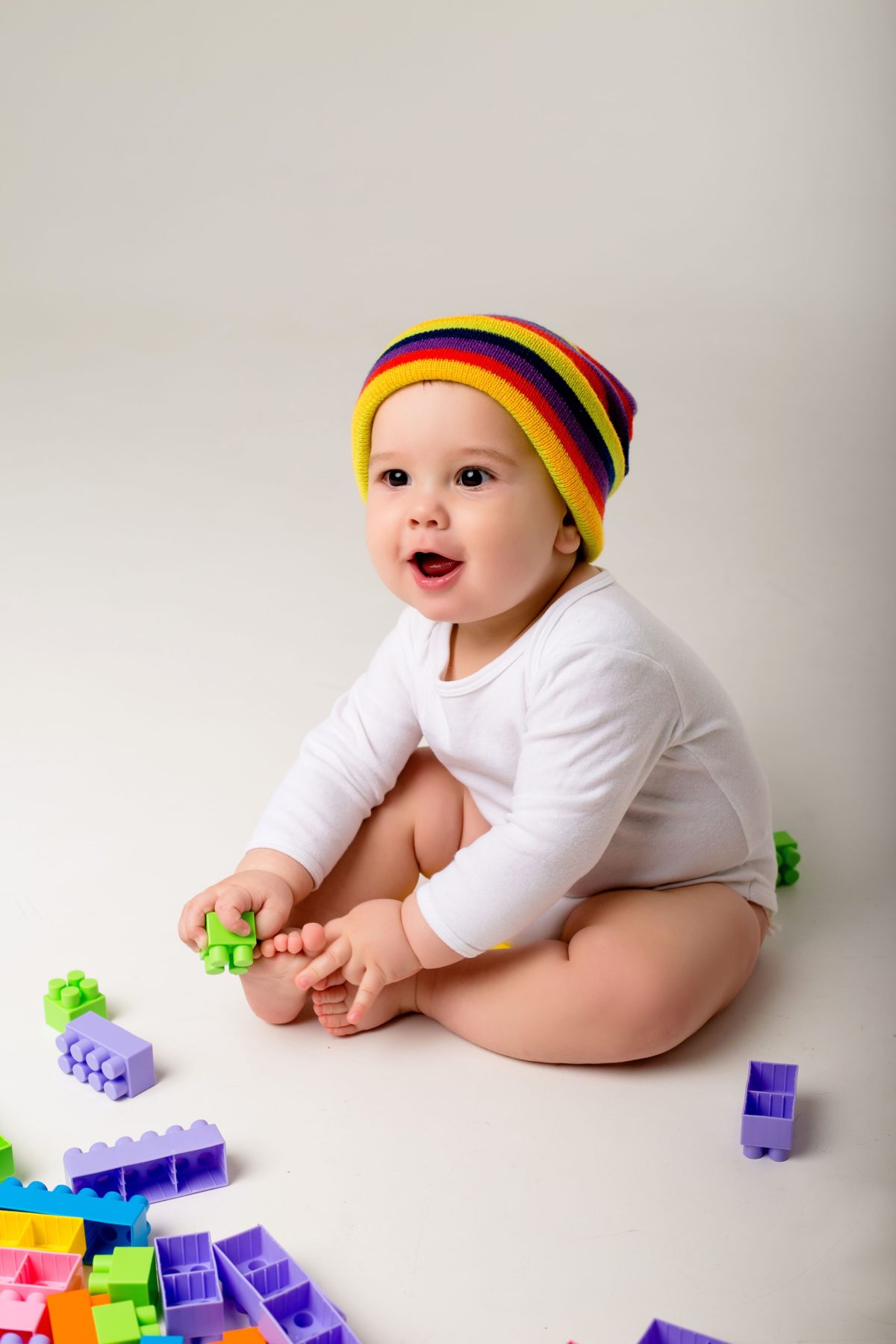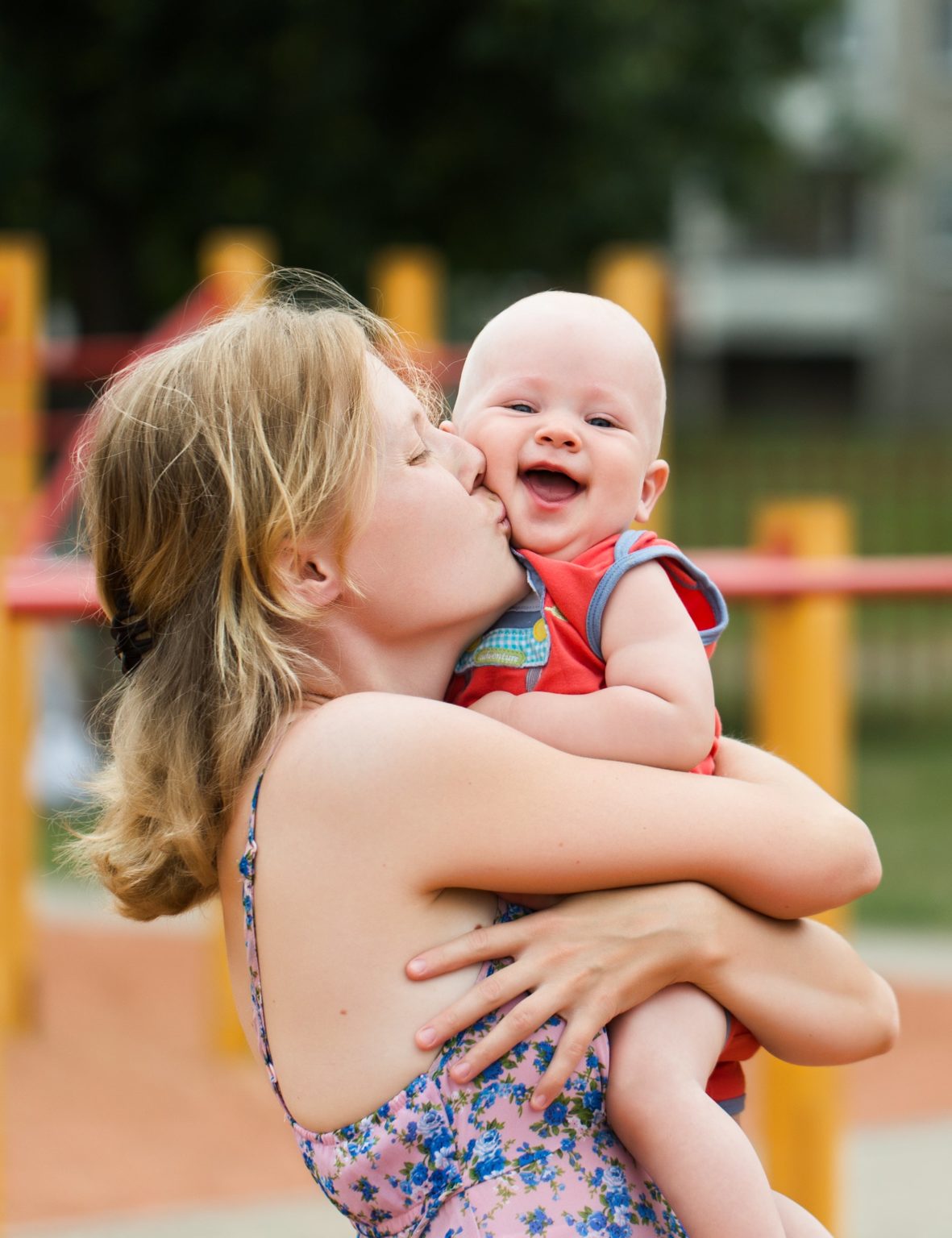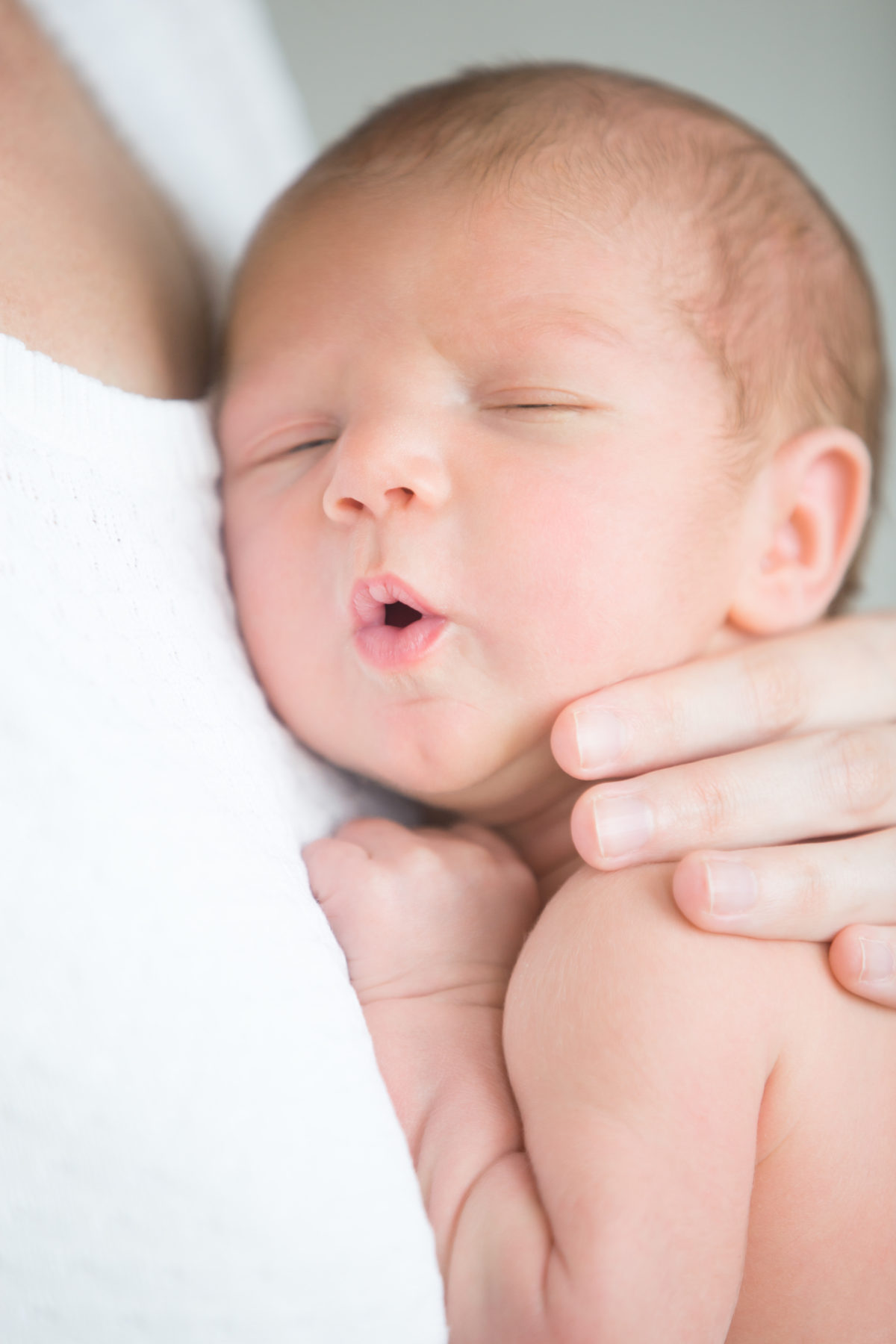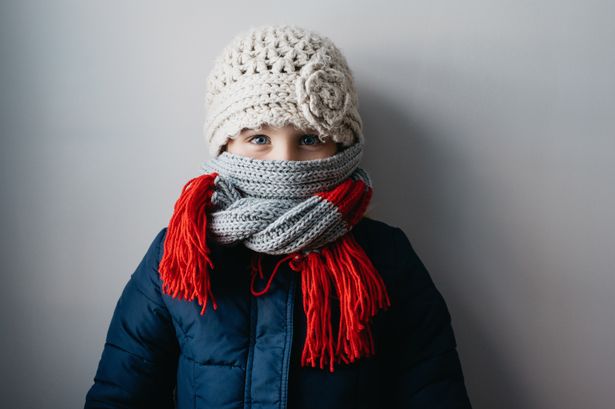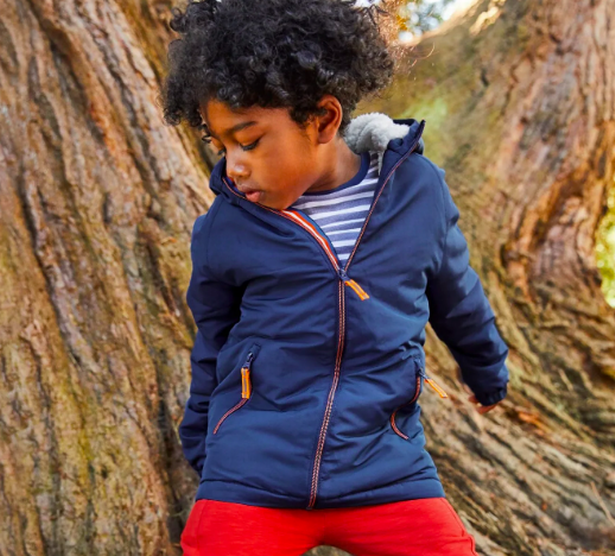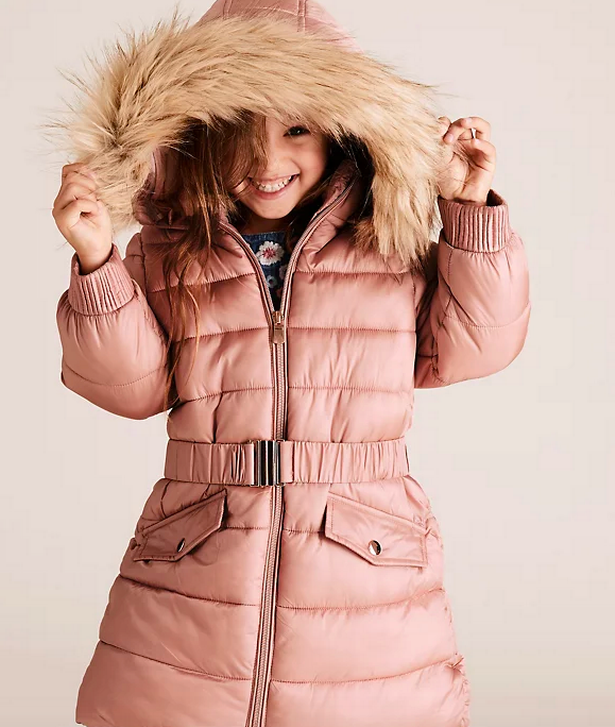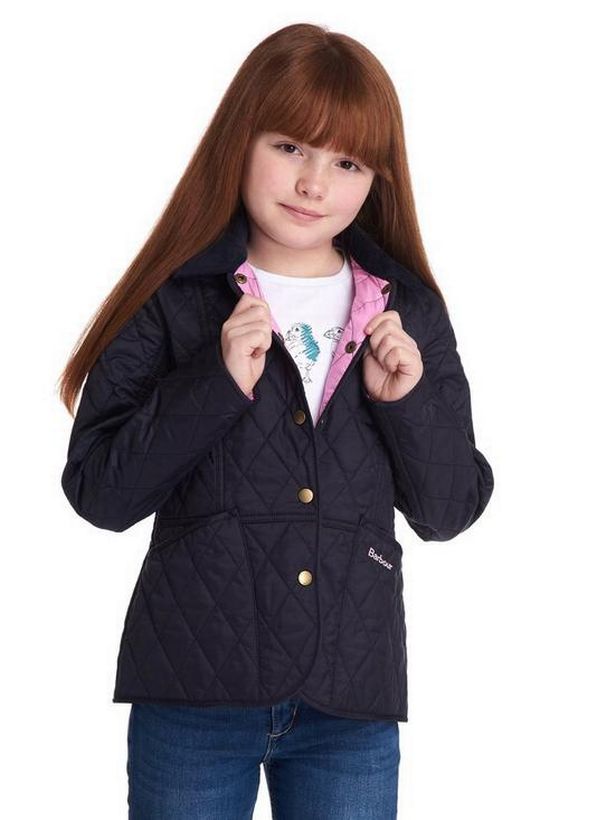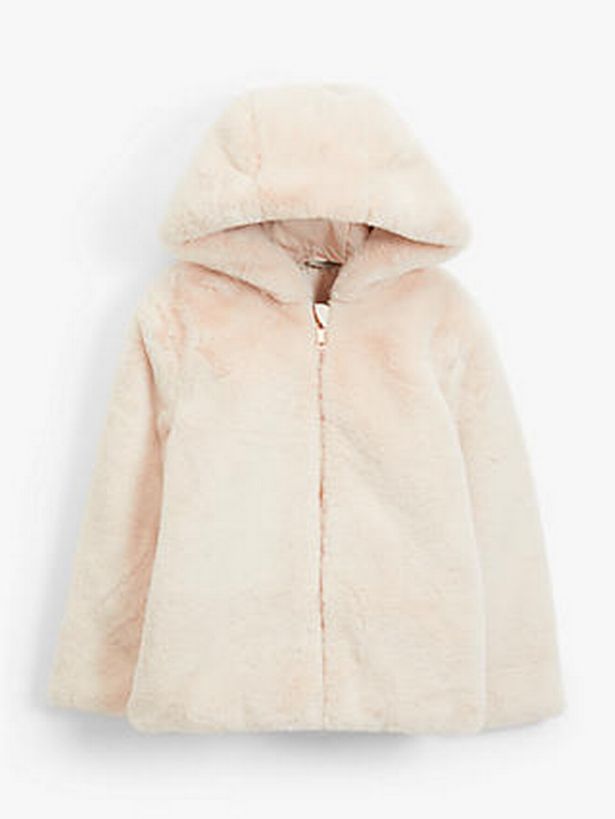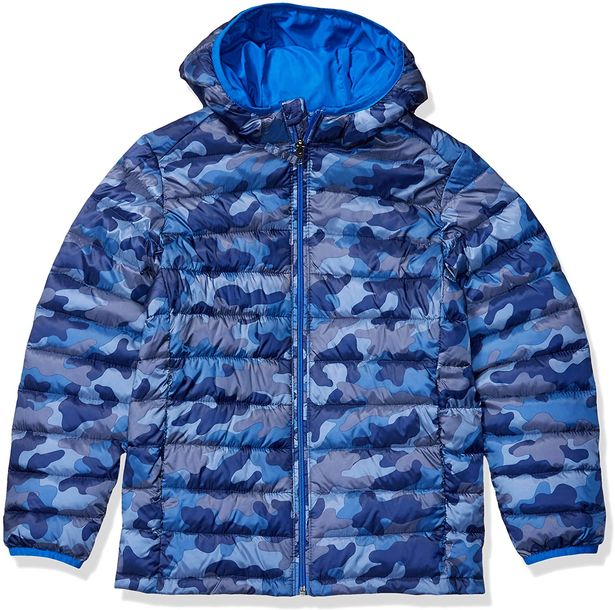Meningitis is a condition that causes inflammation in the meninges, which protect the brain and spinal cord. Meningitis is one of those diseases which are relatively rare but can become fatal quickly and can severely affect the quality of life for the surviving patient. Babies under 2 months of age are at greater risk of getting meningitis.
What is Meningococcal Meningitis?
According to the World Health Organization, meningococcal meningitis is a bacterial form of meningitis, a serious infection of the thin lining that surrounds the brain and spinal cord. The disease can affect anyone of any age, but babies, preschool children and young people are at higher risk of this infection.
Meningitis is one of those diseases which are relatively rare but can become fatal quickly and can severely affect the quality of life for the surviving patient.
Most of the people carrying the meningococcal bacteria do not show any symptoms of the disease and are also known as carriers, meaning they can still spread the infection.
How Does Meningitis Spread?
Meningitis is a contagious disease which can spread via respiratory droplets generated due to coughing or sneezing. Although it does not spread as easily as common flu and other respiratory illnesses, it is far more dangerous in comparison.
While this infection is fatal, about 10 -15% of the survivors suffer from life-long impairments, like, amputation, scars, deafness or brain damage.
What are the Symptoms of Meningitis?
Symptoms of Meningococcal meningitis could be similar to common flu, which makes it difficult to identify early. Some of the symptoms may include fever, chills, fatigue, vomiting, rapid breathing, stiff neck, confusion, increased light sensitivity and Diarrhea. In the later stages, dark purple skin rash may also appear.
Thus, discuss with your paediatrician if a combination of the above symptoms shows up in your child.
Acting fast is essential in meningitis as this disease can claim a life in as little as 24 hours.
How to Stay Safe From Meningitis?
The spread of Meningitis can be prevented, practicing good hygiene, covering your mouth and staying healthy. Vaccination is a safe and effective way to prevent meningitis. Vaccination for meningococcal meningitis is available in India from 9 month onwards.
Seek medical attention immediately if your child shows signs and symptoms of meningococcal disease. These symptoms may first appear as a flu-like illness and rapidly worsen.
Discuss with your paediatrician on the need of the vaccination in your family, as the vaccine is generally recommended for the high-risk groups in India.
Hope you found this article helpful in taking precautions and preventive steps about this serious illness and I sincerely hope that I have been able to help in a healthier future for your child.



